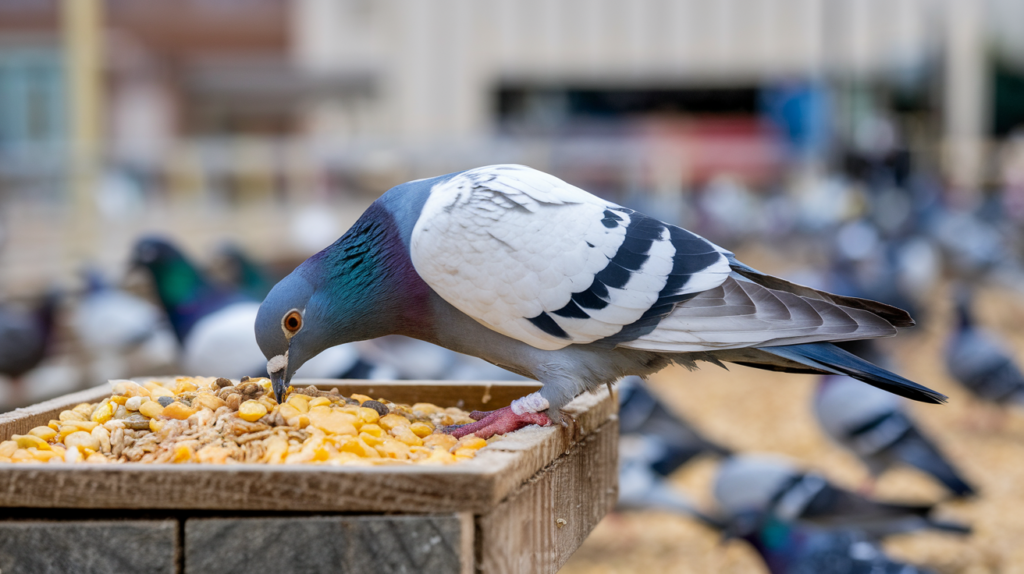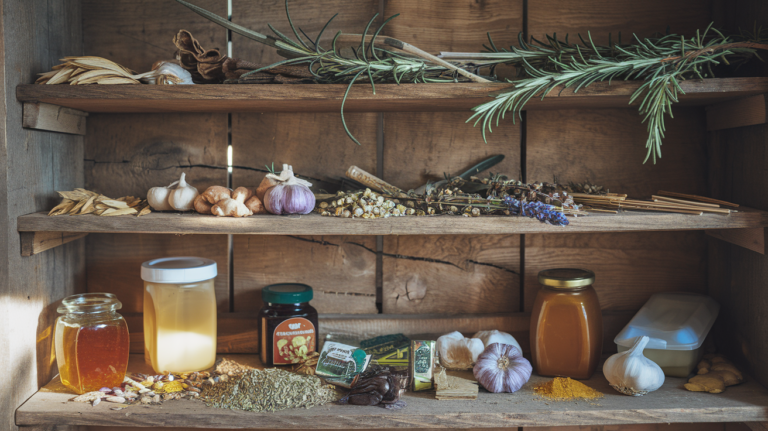
One of the most common questions I get from fanciers using the widowhood system is:
“How much do you feed a widowhood cock per day, and do you train them during the race season?”
That’s a great question—and one that can make or break your results on race day. The widowhood system is one of the most popular and effective methods in pigeon racing, but it requires careful attention to feeding, training, and motivation. When done right, it produces razor-sharp cocks that trap fast and race with drive.
Let’s break it all down in a practical, mentor-style way so you can apply it confidently in your loft.
How Much to Feed a Widowhood Cock Per Day?
Feeding isn’t just about giving your birds enough food—it’s about feeding with purpose and precision, especially under the widowhood system.
Most fanciers feed their widowhood cocks twice a day, with controlled portions tailored to their energy needs and race schedule.
✅ Daily Feeding Amount (Per Cock):
- Morning Feed: 20–25 grams
- Evening Feed: 25–30 grams
- Total Daily Intake: 45–55 grams per cock per day
This amount may vary slightly based on your birds’ size, metabolism, and race distance. The goal is to keep them light, muscular, and full of drive—not heavy or sluggish.
What to Feed Widowhood Cocks
The mix you provide changes through the week to match your training and race preparation phases.
📌 Early Week – Recovery Phase:
Focus on light, cleansing feeds to help birds recover from the previous race.
- Barley
- Depurative mix
- Light legumes (lentils, vetch)
📌 Mid-Week – Conditioning Phase:
Add more proteins and carbohydrates to rebuild muscle and prepare energy stores.
- Wheat
- Peas
- Safflower
- Small amounts of maize
📌 Late Week – Fueling Phase:
Feed a high-energy racing mix in the final days before basketing.
- Maize
- Milo
- Fat-rich seeds (sunflower hearts, hemp)
- High-carb racing blends
Tip: Feed just enough to satisfy—not to fill the crop. A slightly hungry cock is a more motivated racer under the widowhood system.
Should You Train Widowhood Cocks During the Race Season?
Yes—training continues throughout the race season, but it must be smart, structured, and balanced with recovery.
✅ Loft Flying:
- Keep loft flying sessions daily (except rest days).
- Fly before feeding to build motivation and maintain form.
- Early in the week, flag birds if they’re not flying strong. Later in the week, let them settle naturally.
✅ Road Training (Optional):
- Some fanciers include short tosses (10–30 km) early in the week to keep birds sharp.
- Others stop tossing during the race season and rely on races for distance work.
If you toss, keep it light—don’t overtrain and burn out your cocks. Your goal is to maintain condition, not exhaust them.
Weekly Widowhood Feeding & Training Routine
| Day | Feeding Focus | Training Focus |
|---|---|---|
| Sunday | Light recovery mix | Rest or short fly |
| Monday | Light feed continues | Loft flying + optional short toss |
| Tuesday | Add conditioning grains | Loft flying + optional toss |
| Wednesday | Begin energy-rich mix | Loft flying only |
| Thursday | Light morning feed | Rest or light flying (if not basketing) |
| Friday | No feeding (basketing day) | In baskets |
| Saturday | Recovery after race | Rest day |
This structured rhythm keeps birds healthy, motivated, and in peak racing shape—all critical under the widowhood system.
Widowhood System Motivation Techniques
Feeding and training go hand in hand with motivation, which is what makes the widowhood system so effective.
Key Motivation Tactics:
- Show hens before basketing (short, controlled viewing)
- Keep the loft environment quiet and stress-free
- Maintain consistent handling and routine
- Use feeding to reinforce discipline and trapping behavior
The widowhood system thrives on routine. Cocks learn to associate feeding, flying, and seeing their mate with performance. Done consistently, this creates powerful racing motivation that keeps birds sharp and focused.
Final Thoughts
To sum it up:
- Feed 45–55 grams per widowhood cock per day, split into two feedings.
- Continue daily loft flying and light training during race season.
- Adjust your feeding mix through the week—from recovery to energy building.
- Use motivation techniques strategically to keep cocks racing with heart and focus.
When managed properly, the widowhood system delivers incredible results—but it all starts with smart feeding and smart training.







